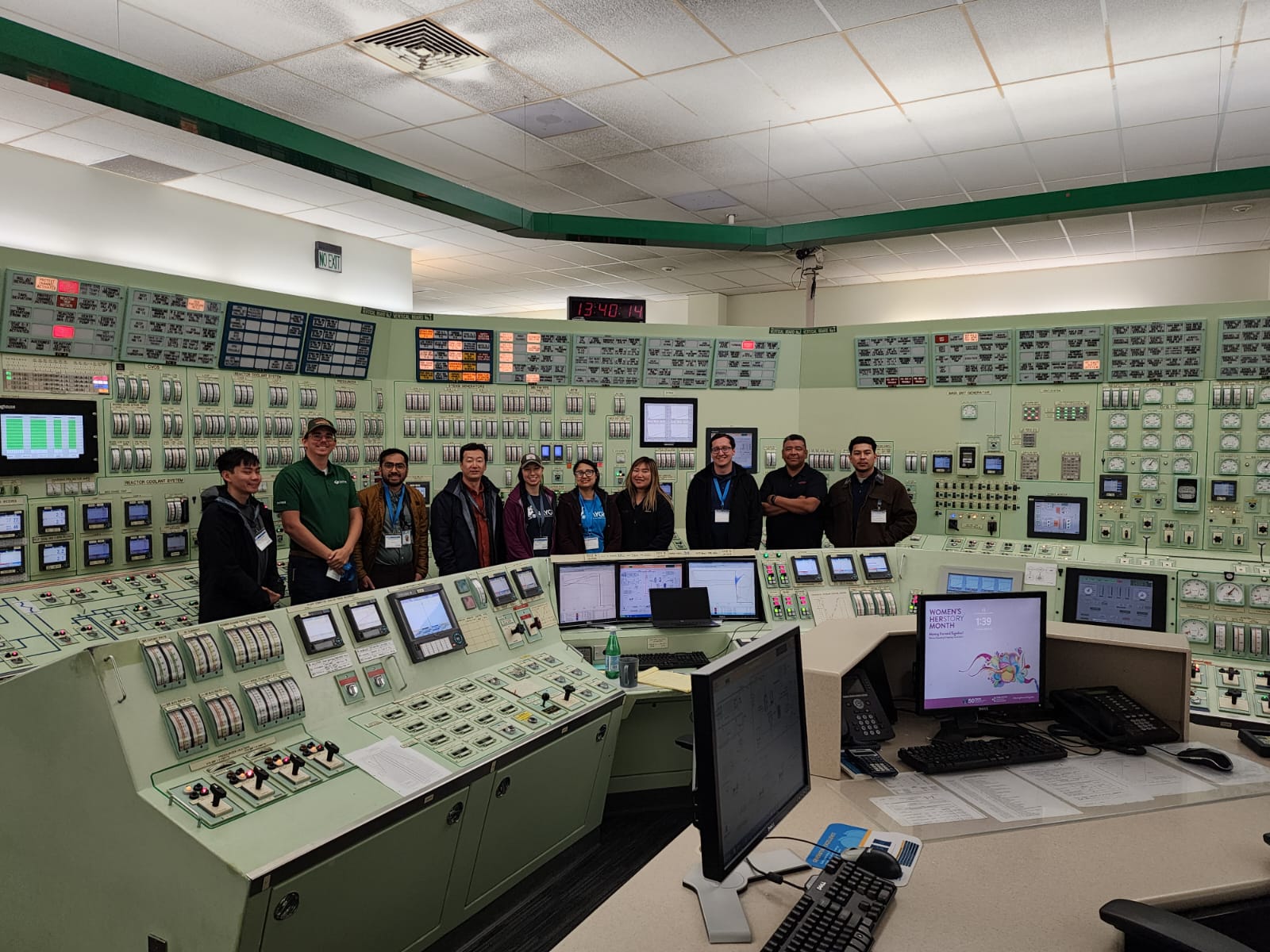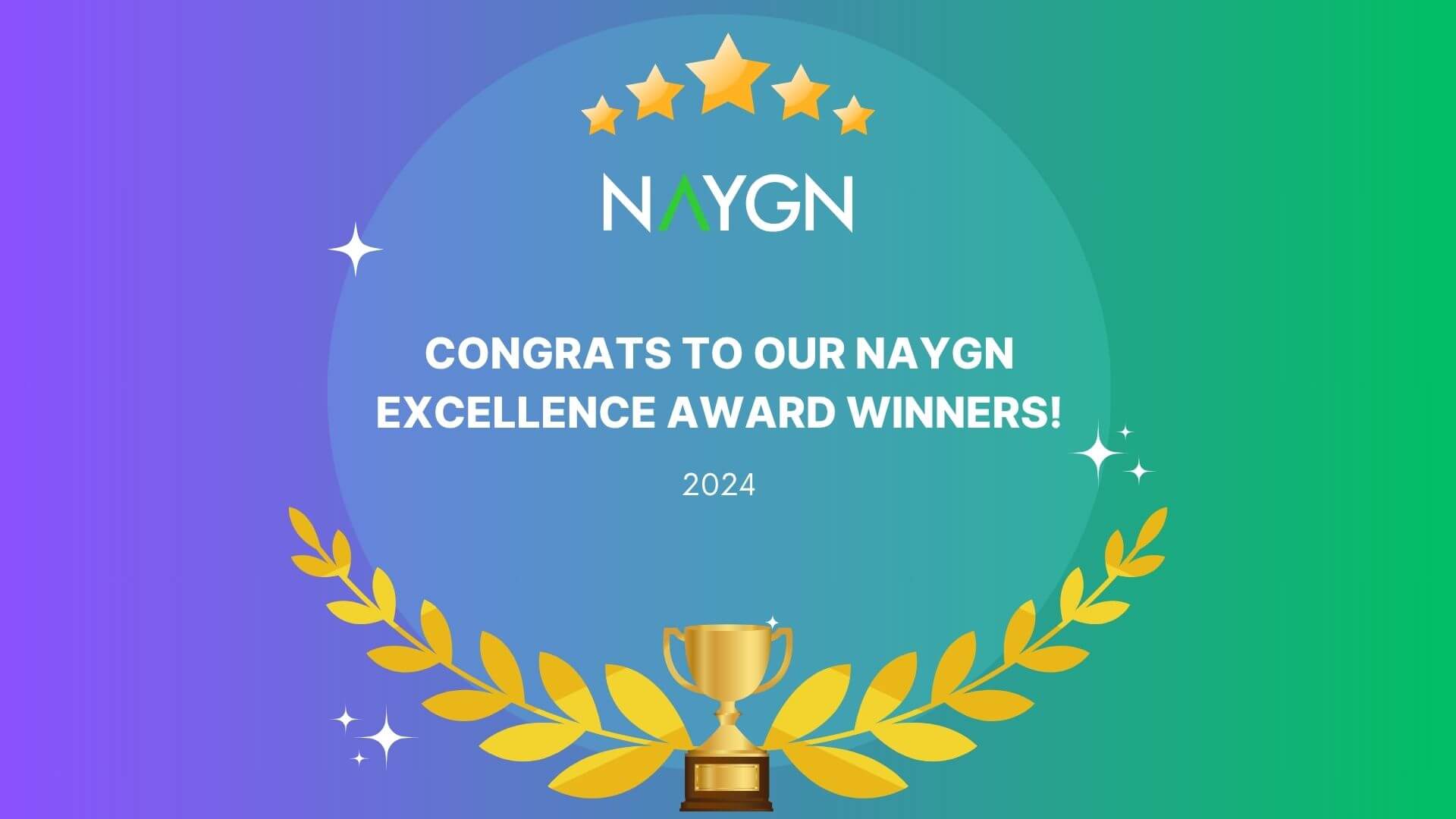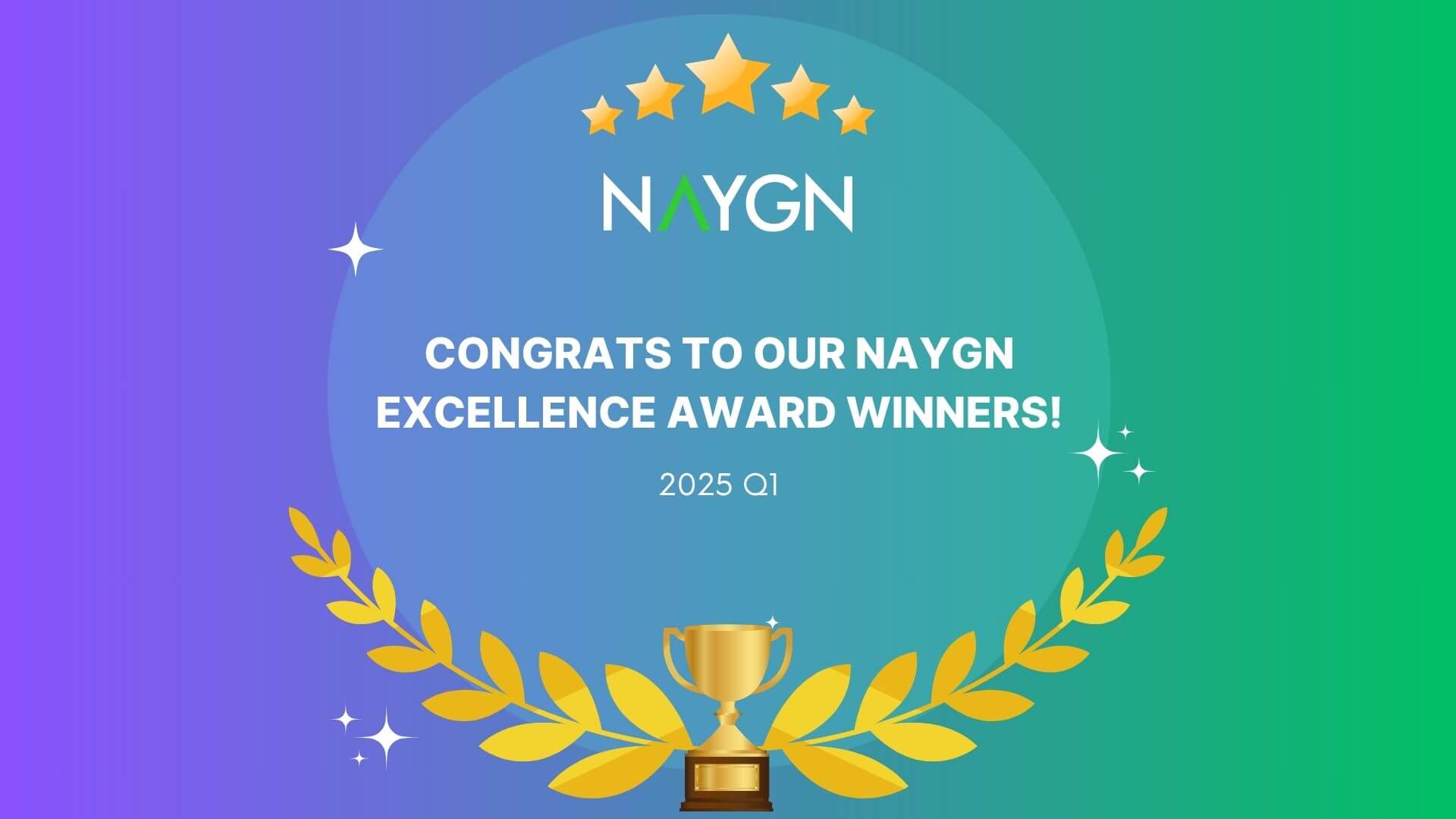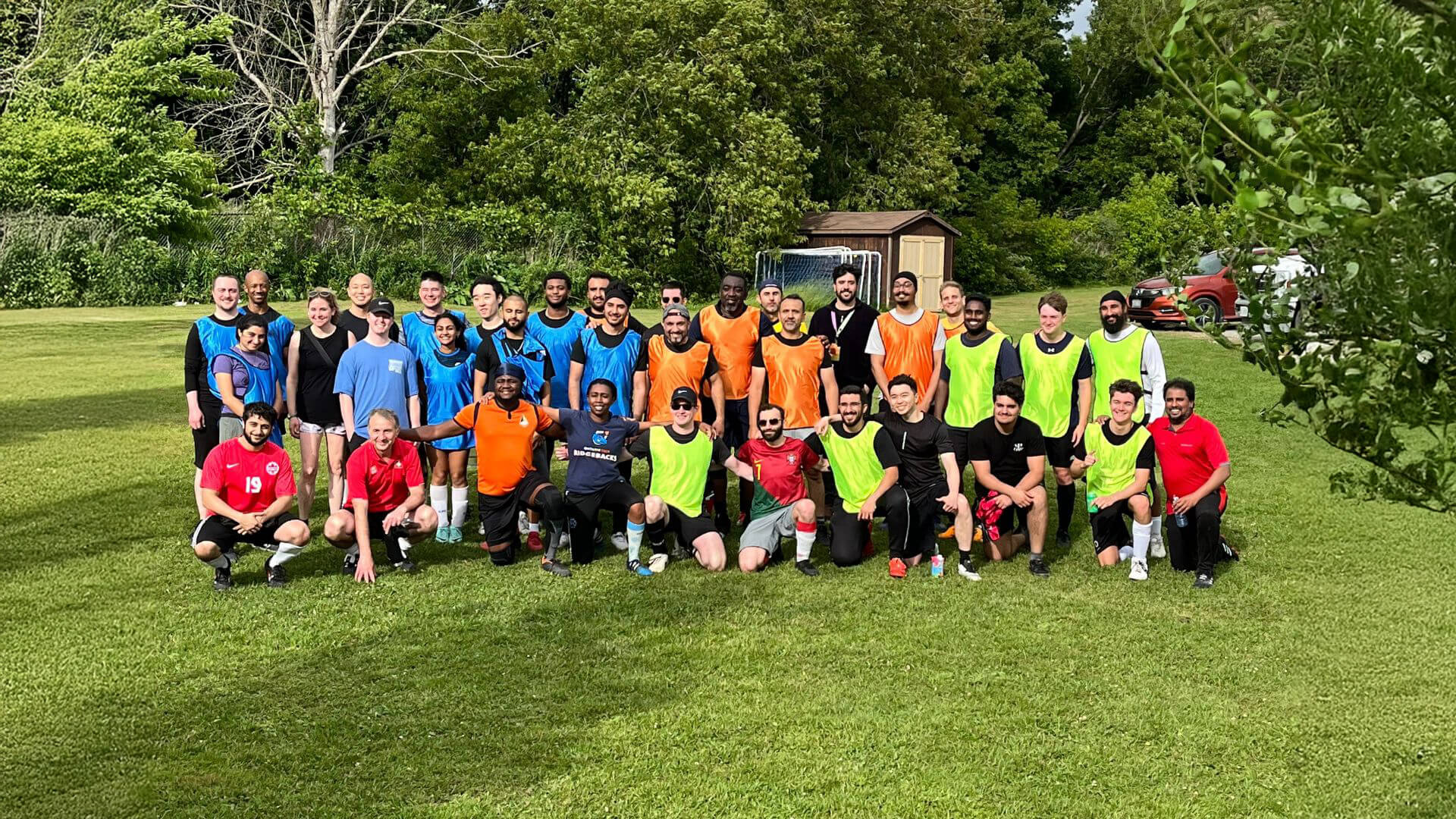Atlantic and Northeast Joint Regional Conference Outlines the Future of the Nuclear Industry

“Next in Nuclear” – The 2015 Atlantic - Northeast Regional Conference
Members from fifteen NAYGN chapters descended upon Old Town Alexandria, Virginia on September 12, 2015 for the third annual combined Atlantic – Northeast regional conference. Hosted at MPR’s main campus, this year’s conference was themed “Next in Nuclear,” and highlighted several key subject matters at the forefront of the industry.
The conference was kicked off with a panel discussion on Generation IV reactors. With representatives from Terrestrial Energy (integrated salt reactors), X-energy (pebble-bed gas-cooled reactor) and MPR, this session gave NAYGN members an exciting taste of the next generation of reactor designs.
Next Generation reactors are inherently safe and typically even have much higher energy efficiency since they operate at much higher temperatures. Three top speakers from the nuclear industry spoke at this session – Mr. Storm Kaufmann (MPR Associates), Martin van Staden (X-energy), and John Kutsch (Terrestrial Energy). Kaufmann provided an entertaining overview of Next Gen technologies, helping the audience understand the design features of these technologies. Van Staden and Kutsch presented an overview of their reactor designs – each reactor unique: one being a gas-cooled and the other being a sodium-cooled reactor.
A second session focused on nuclear fuel processing with two representatives from AREVA giving presentations on the Interim Storage Facility and MOX Fuel Fabrication Facility. In the first half of the session, Dr. Michael McMahon of AREVA informed attendees about the start-up joint venture between Waste Control Systems (WCS), NAC, and AREVA TN. The goal of this start-up is interim spent nuclear fuel storage at WCS’ waste repository in west Texas. This project is well underway to acquiring the necessary licensing from the NRC. Once licensed, the facility will function as a centralized interim storage facility with transportation resources to relocate fuel to the promised permanent repository at Yucca Mountain. The second half of the session was presented by Ryan Buck of AREVA. Mr. Buck explained the purpose and current state of the Mixed Oxide (MOX) Fuel Fabrication Facility in Aiken, SC. The project is funded by the DOE and is currently in the construction phase. This project is meant to satisfy nuclear nonproliferation agreements between the United States and Russia to reduce the current stockpile of nuclear weapons grade fissile material. Once operational, the MOX facility will blend plutonium and uranium into usable nuclear reactor fuel for the production of domestic power. Conference attendees came away from the session with a renewed enthusiasm about the future of the nuclear industry and opportunities that will be available to meet the energy needs of the country.
[caption id="attachment_5147" align="alignnone" width="961"]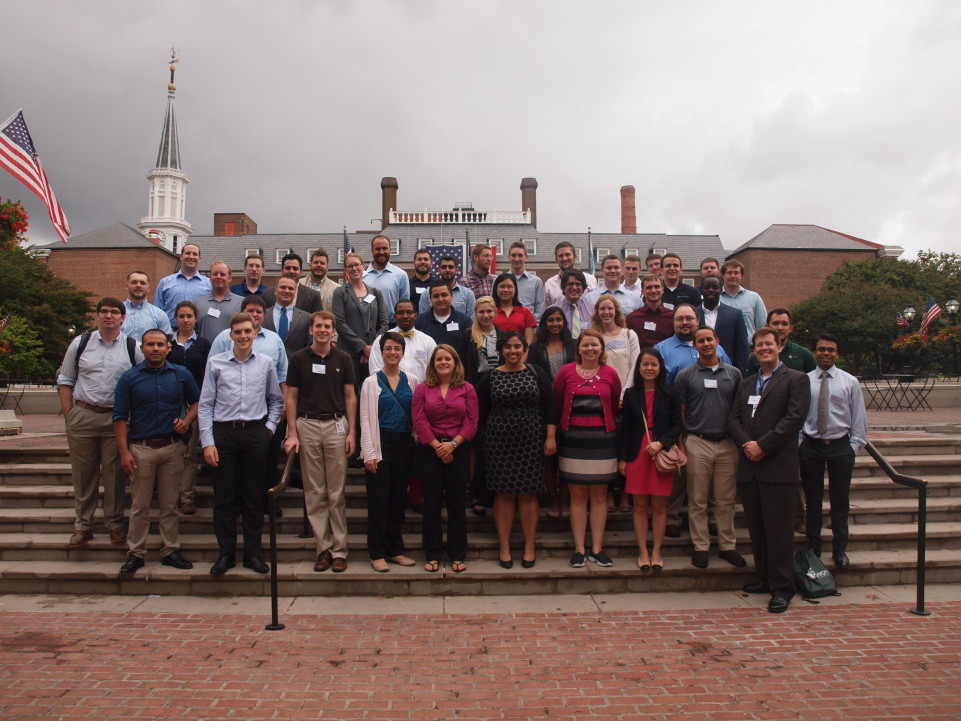 Attendees from the Atlantic and Northeast Regions of NAYGN pose together outside MPR's main campus.[/caption]
Attendees from the Atlantic and Northeast Regions of NAYGN pose together outside MPR's main campus.[/caption]
Following a brief lunch break, attendees then participated in a couple of interactive sessions to finish out the conference. First, a session on the NAYGN HUB updated members on the progress of the project, which began last year after the idea won the innovation challenge held at the National Conference in Scottsdale, AZ. All members were given the opportunity to provide their own input and ideas for the HUB.
The conference wrapped up with a nuclear role playing session that enabled members to think critically about the role government, utilities, and politicians play in the decision making process for balancing the energy profile in the United States. Participants were divided into groups representing a utility, union, and government entities, and given related objectives. In this case, the utility was determining whether to operate its nuclear and coal facilities (which are not as profitable as they once were) or retire them in favor of more economically feasible natural gas. Participants were tasked with determining how to complete these objectives. Negotiation styles ranged from the common good to every group for themselves and discussions went from the pragmatic to the absurd. In the end, winners and losers were declared, as with anything, and the session ended with a discussion of the dynamics of the exercise and any lessons learned.
Following the conference, members enjoyed food and drinks at the historic Athenaeum in downtown Old Town, which was a great spot for unwinding and networking between chapter members from across the Atlantic and Northeast Regions.
